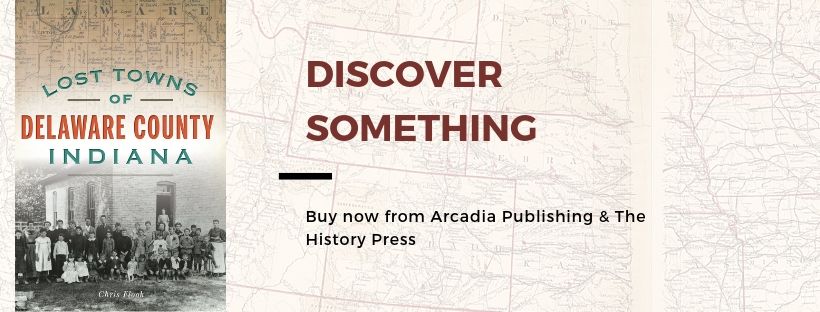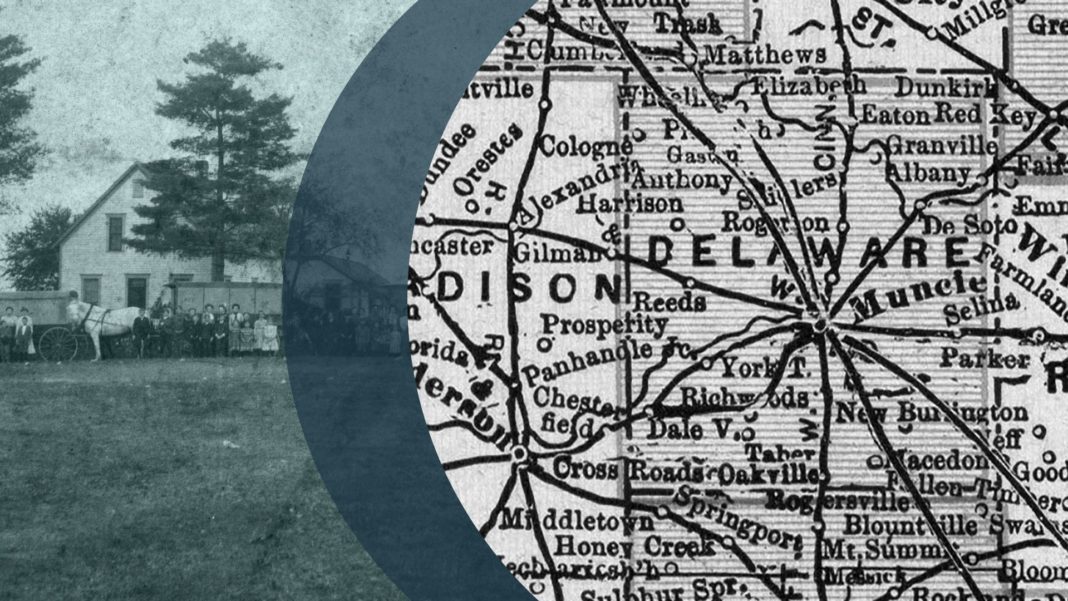
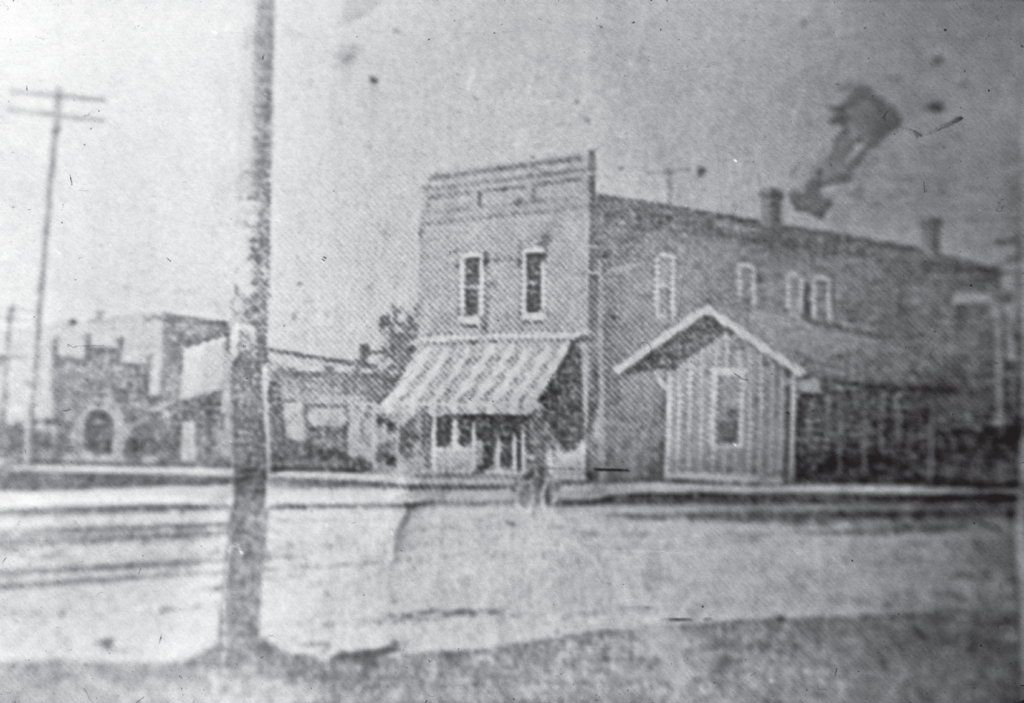
Today, most Hoosiers would recognize only the city of Muncie and maybe a few other, smaller spots in Delaware County. But the area boasts many more towns, some of which have disappeared, all of which have their own amazing stories.
Buckongahelas’ Town
In what is now Delaware County, there were at least three Lenape villages along the river that existed during the 1796–1821 timeframe. The first was known variously as Wapikamicoke, Old Town, or Buckongahelas’ Town. It was located on or near the intersection of Inlow Springs and Burlington Drive.
The village was the principal settlement of the Unami-speaking Lenape band led by Chief Buckongahelas. There were approximately forty families at Buckongahelas’ Town, at least until 1805. One visitor described it as being “located on the left bank of the river about three miles southeast of the present town of Muncie, Delaware County. It was the first Indian village reached by the missionaries on the journey from Goshen [Ohio].” Over the years, the Moravian diaries often identify the town as the primary community and the principal village of Lenape.
Yorktown
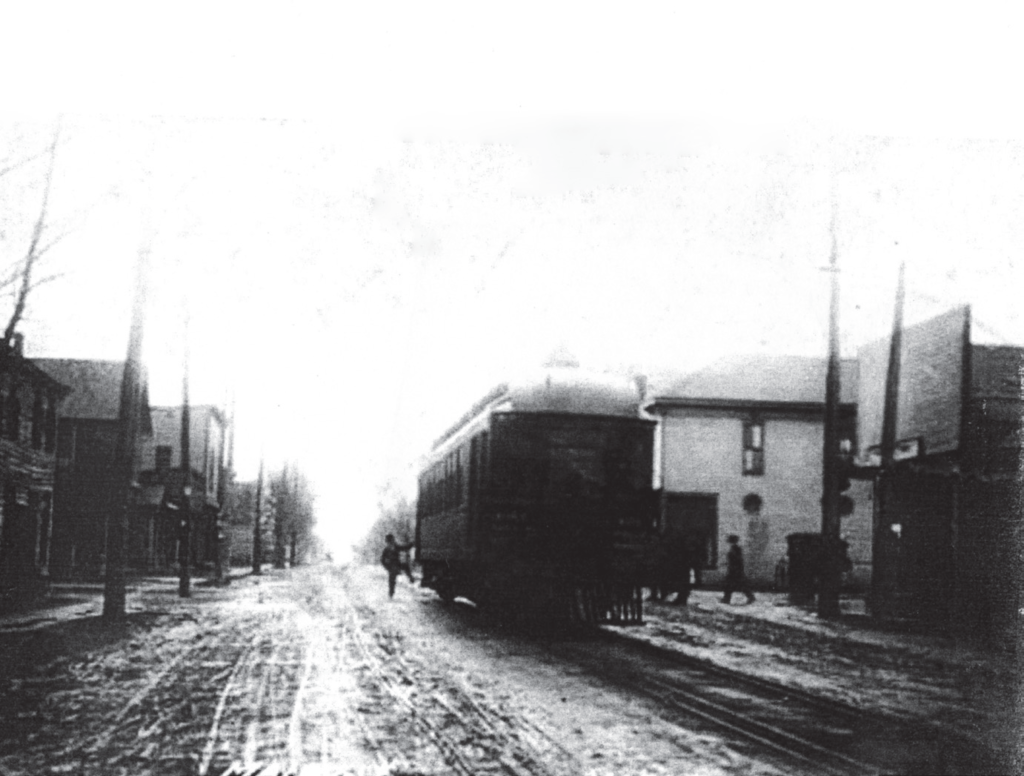
Yorktown was found at or near the location of the York Indian (Brothertown) Native American village on the bluff overlooking the confluence of the White River and Buck Creek. A man named Oliver Smith went to work in platting the new community, apparently under the impression that a canal would eventually reach the community, with a route “from Indianapolis to Toledo.” Today, a Canal Street runs along the bluff over Buck Creek as a testimony to Smith’s assumption.
The canal never arrived, but the Indianapolis State Road did, and years later, the Indianapolis and Bellefontaine Railroad arrived to connect Yorktown with the wider world. Like in many other east-central Indiana settlements, the gas boom brought commercial and economic prosperity to the town, so much so that residents voted to incorporate in 1913. Throughout much of the rest of the twentieth century, Yorktown remained a satellite community of Muncie. However, in the 1970s, Yorktown’s population began to grow as white flight from Muncie increased. In 2013, Yorktown and the Mount Pleasant Township merged as a single legal entity, operating as the Town of Yorktown.
Daleville
Daleville was first settled by residents anticipating the arrival of a canal line, particularly a feeder system to the Central Canal. As one nineteenth-century Hoosier described it, “Great things were expected of Daleville, and great advantages were to accrue to it, in the earlier years of its existence, from the fact of its location upon one of the arteries of commerce—the canal.” The canal never arrived, and the community stagnated until the arrival of the Indianapolis and Bellefontaine Railroad in 1852. Daleville’s first post office was established in 1857.
Macedonia
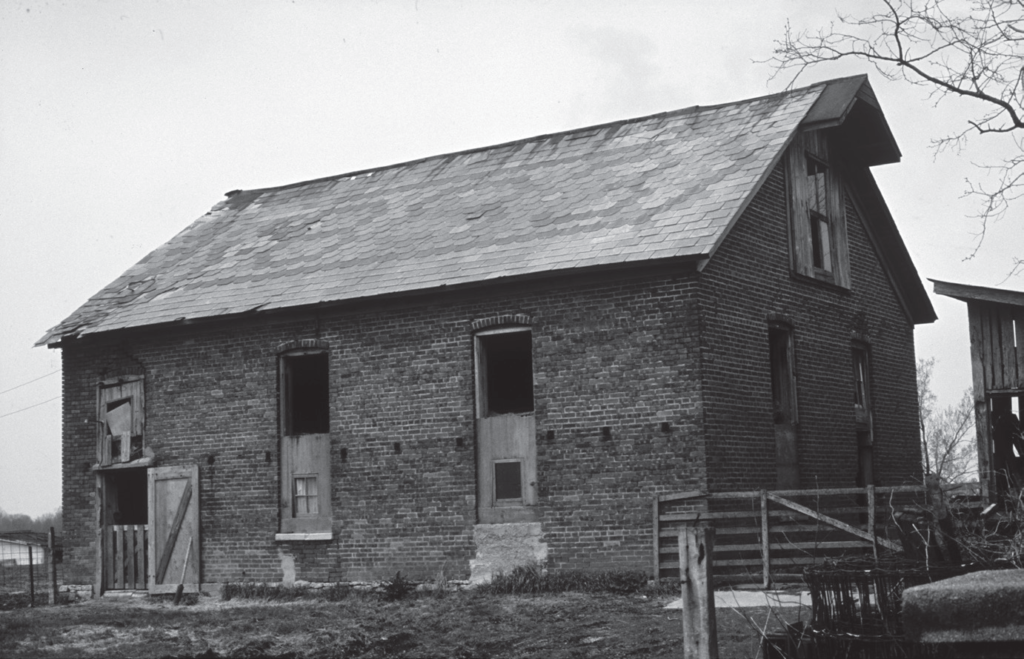
Contrary to popular belief, Macedonia is not a ghost town. While the community has regressed a bit in terms of amenities, it is not extinct. Thomas Helm mentions the Macedonia village in his county history and indicates a William Suit as the general store proprietor and a Mr. Gross as the village blacksmith. The Macedonia Post Office appears on the 1887 Atlas of Delaware County. It existed from 1878 to 1884 and again from 1885 to 1890.
Dogtown
Lying a little southwest of Eaton, the hamlet of Dogtown historically served as a crossroads community at the intersection of the Shideler Free Pike and the Studebaker Pike (now Highway 3 and East County Road 900 North). It is likely that Dogtown grew organically at this intersection around the tollhouse and school #11, both of which appear on the 1887 Atlas of Delaware County. Along with the school and tollhouse, Dogtown had a church, several buildings, residential houses and a few commercial enterprises. A filling station existed as late as 1937 and the school was known as Maple Grove School. Maple Grove also served as a voting center.
